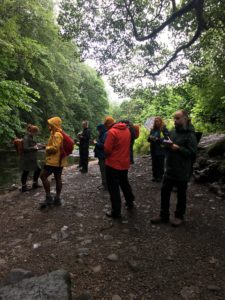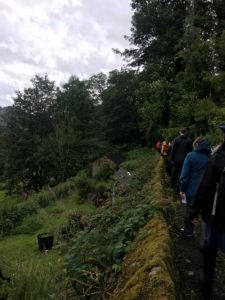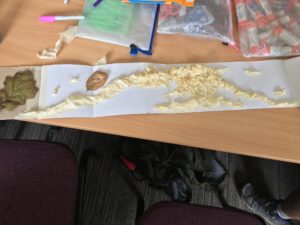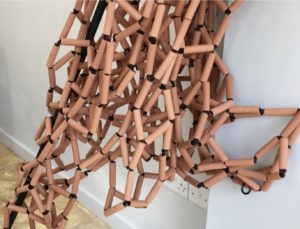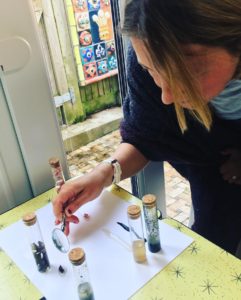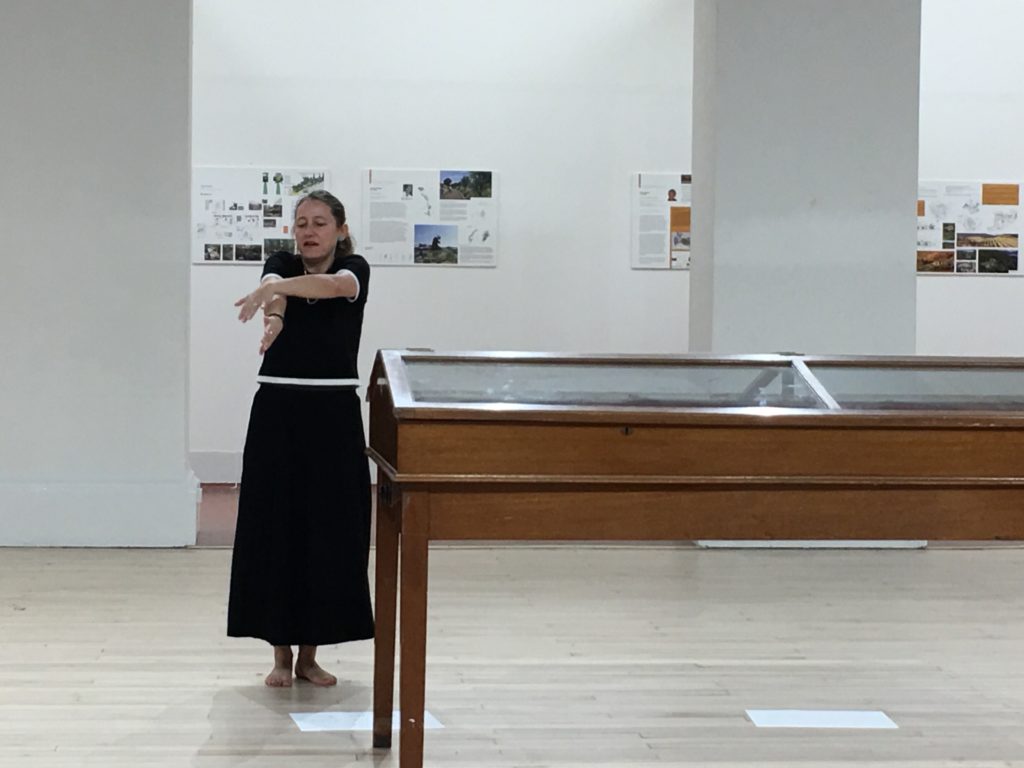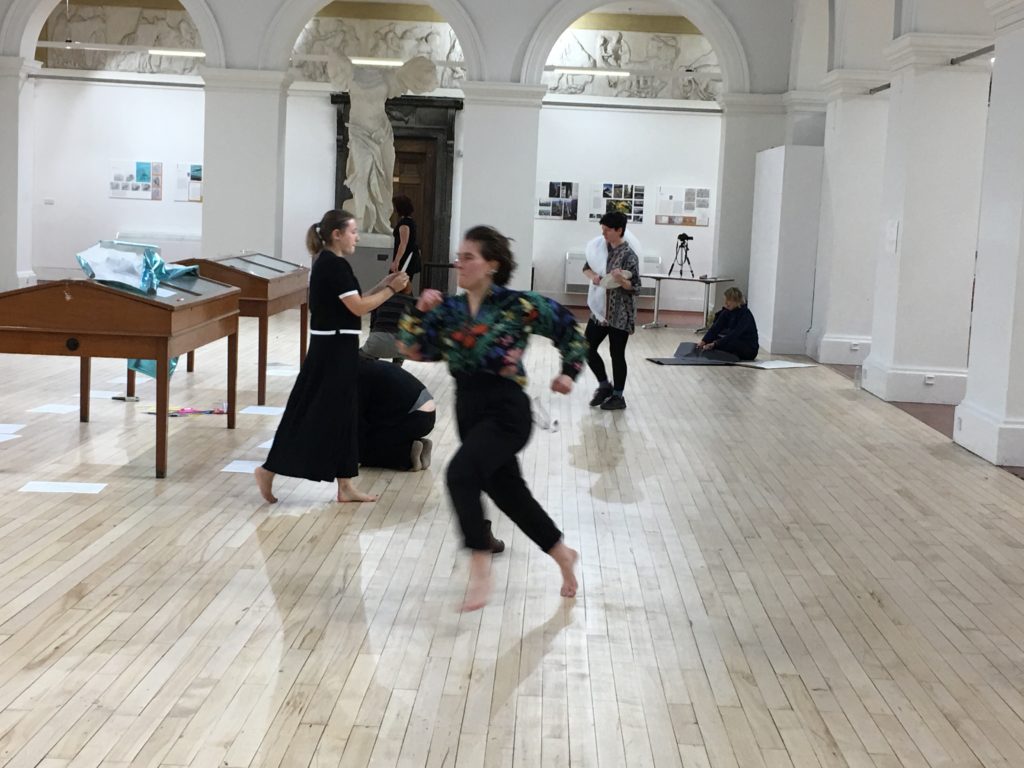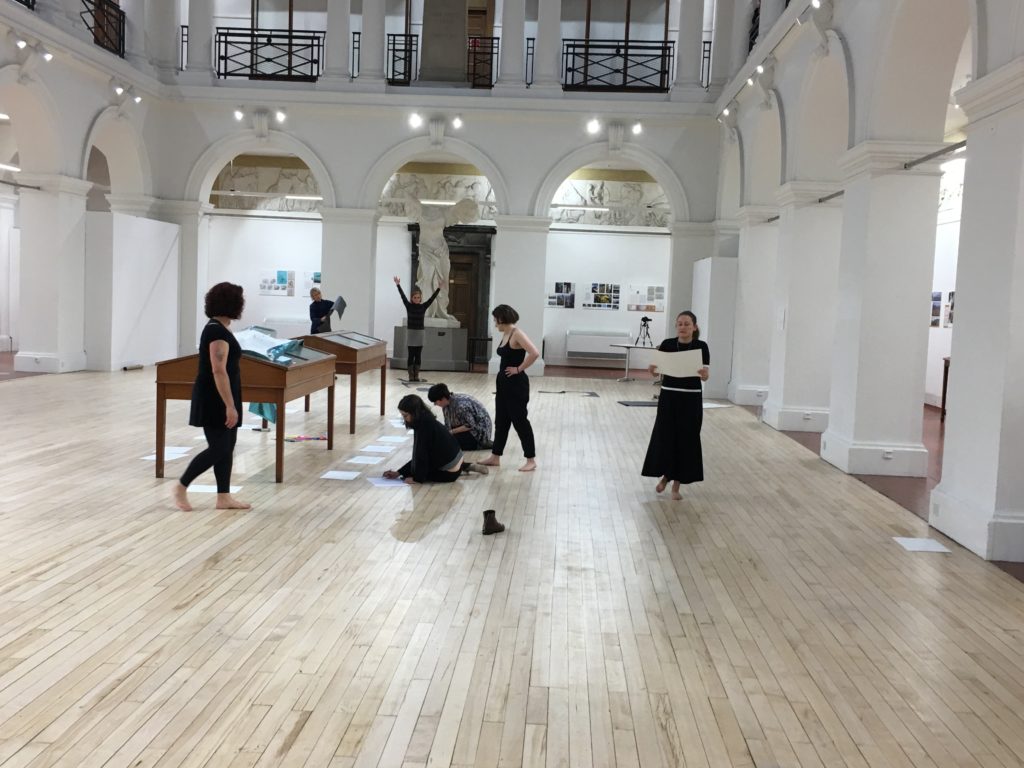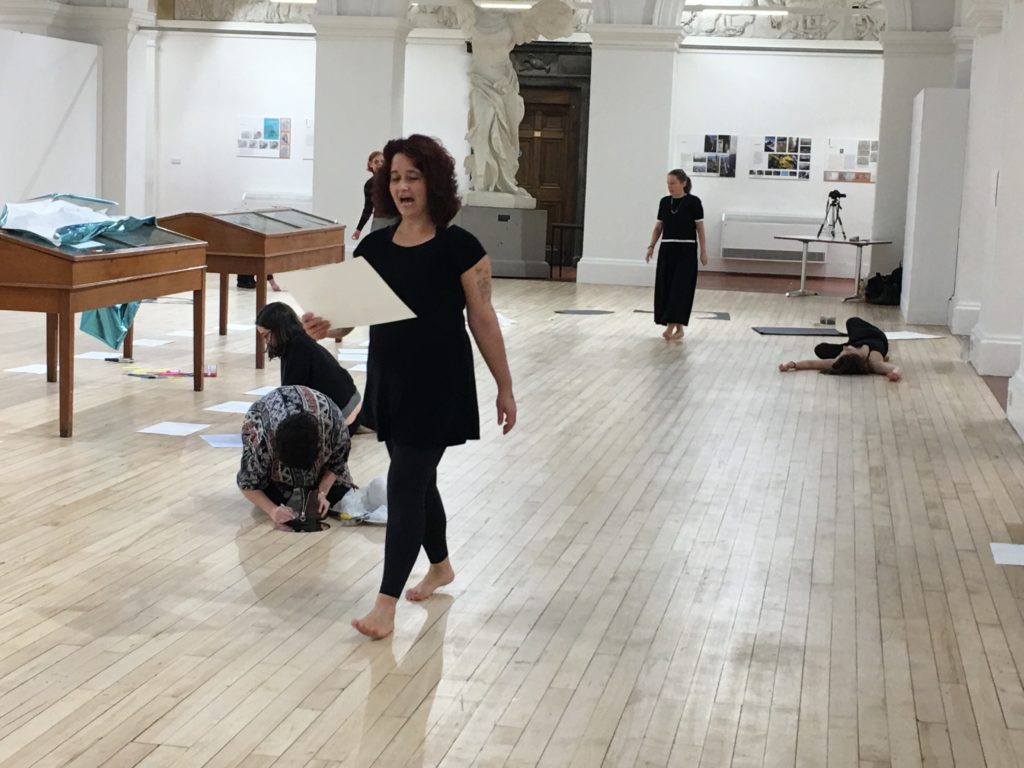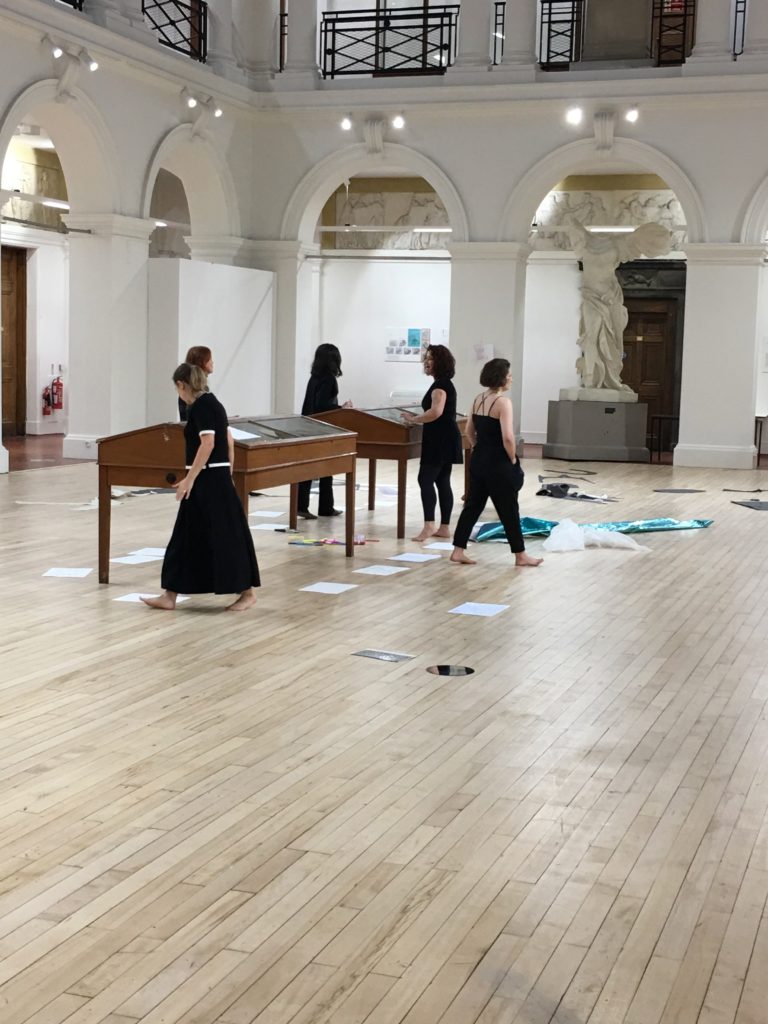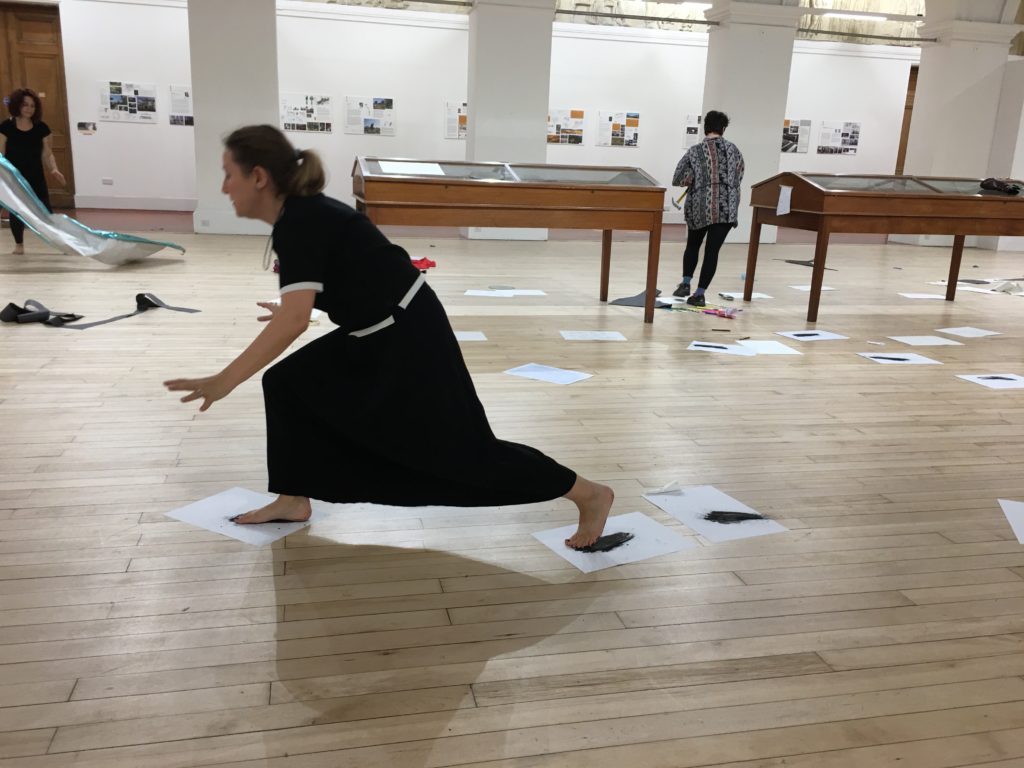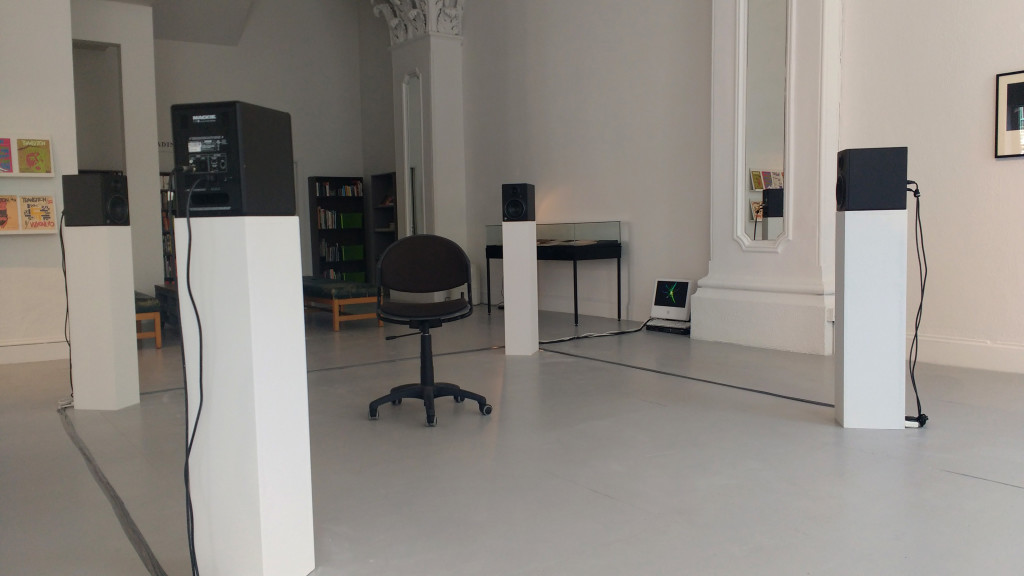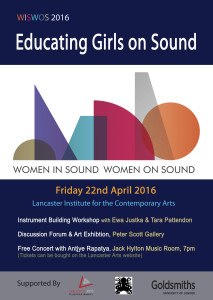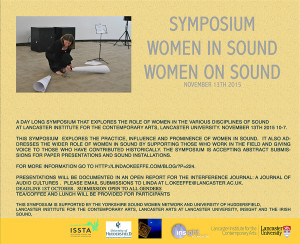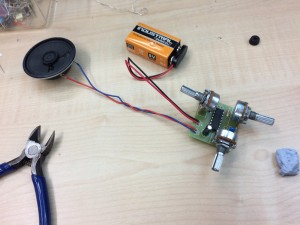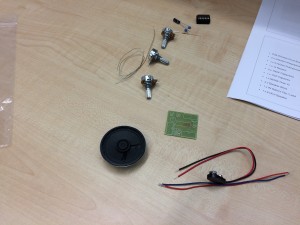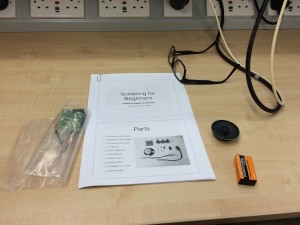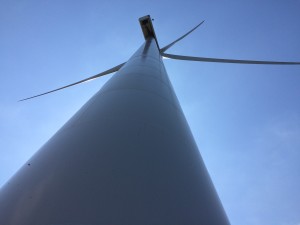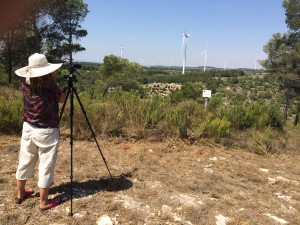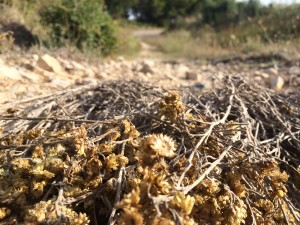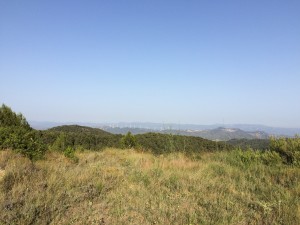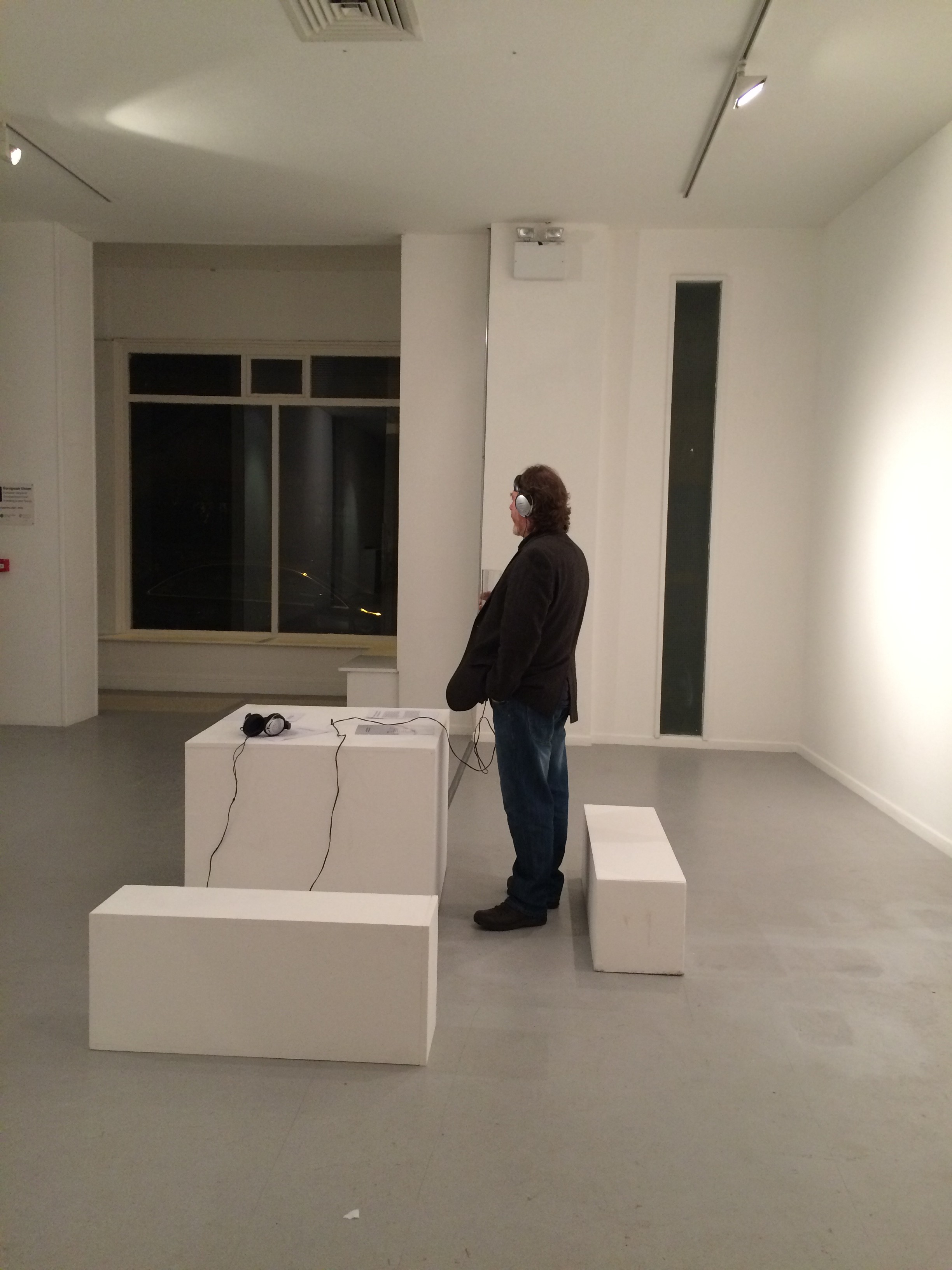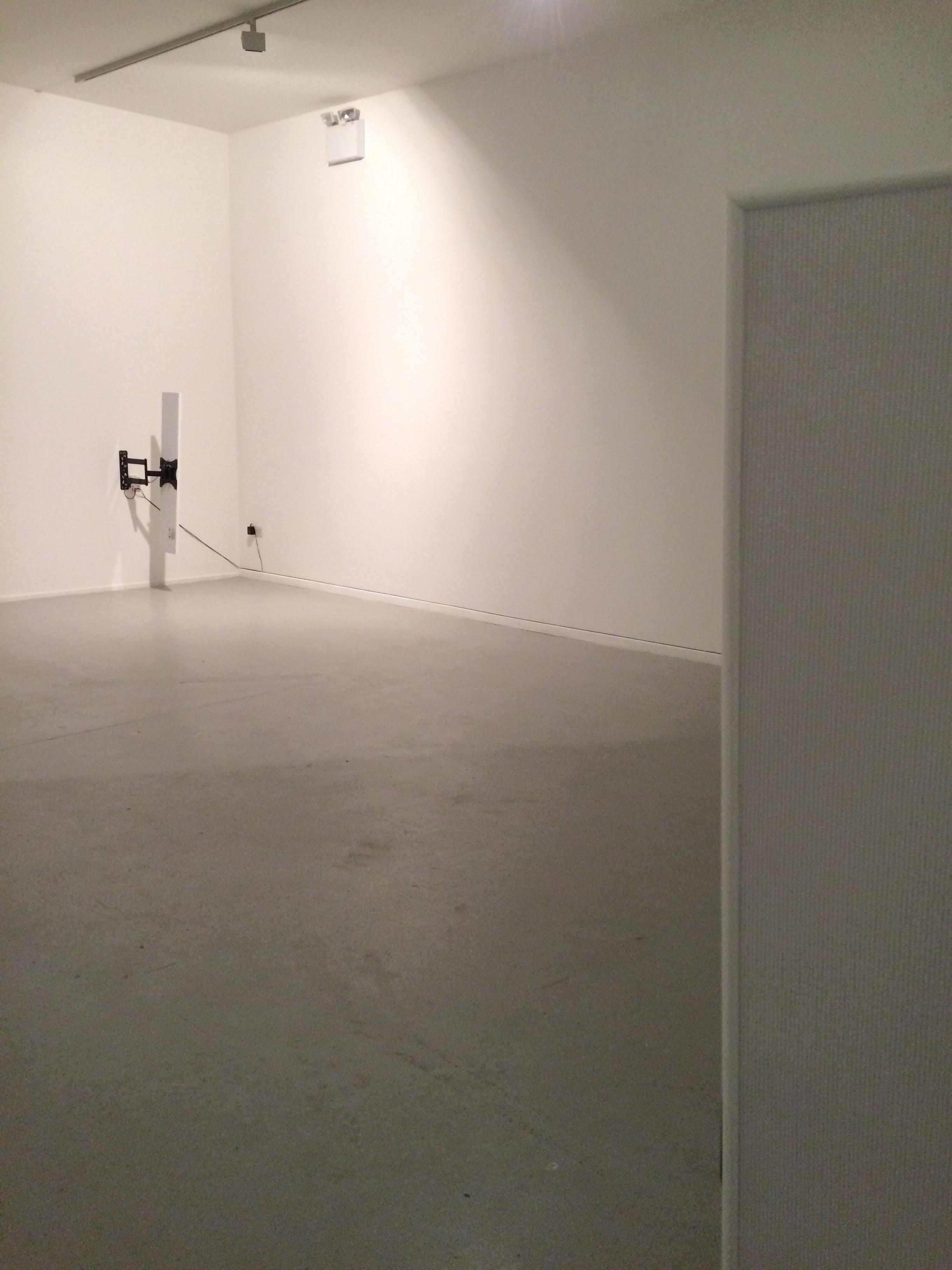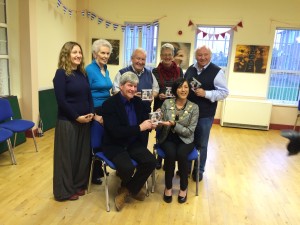As part of the Hebden Bridge Arts and Ecology Festival Open Space 70, I was asked to create a sgundwlak and sound mapping workshop. I was supported by the amazing Paul Knight, philosopher and land walker, to create a walk that would bring a group of people through a changing landscape of urban, rural and wild, where we would discover the traces of our anthrophony on the bio sphere, and then following this walk create sound maps of this journey. During the walks I introduced my listeners to three female listeners to enhance their listening experience, and to discover different ways of measuring their sonic experience from an ecological, sensory and personal perspective. They were Pauline Oliveros, Hildegard Westerkamp and Rachel Carson. I then explored my own approach to listening developed as part of my research.
Below are some images from the journey as well as some of the amazing maps my participants created. I constructed these little booklets to allow them write some of their experiences on the back, during the walk, and then map on the other side. It was a great day and I am so thankful that being part of the Propeller Ensemble Performance for the same festival allowed me the opportunity to create and run this workshop.

